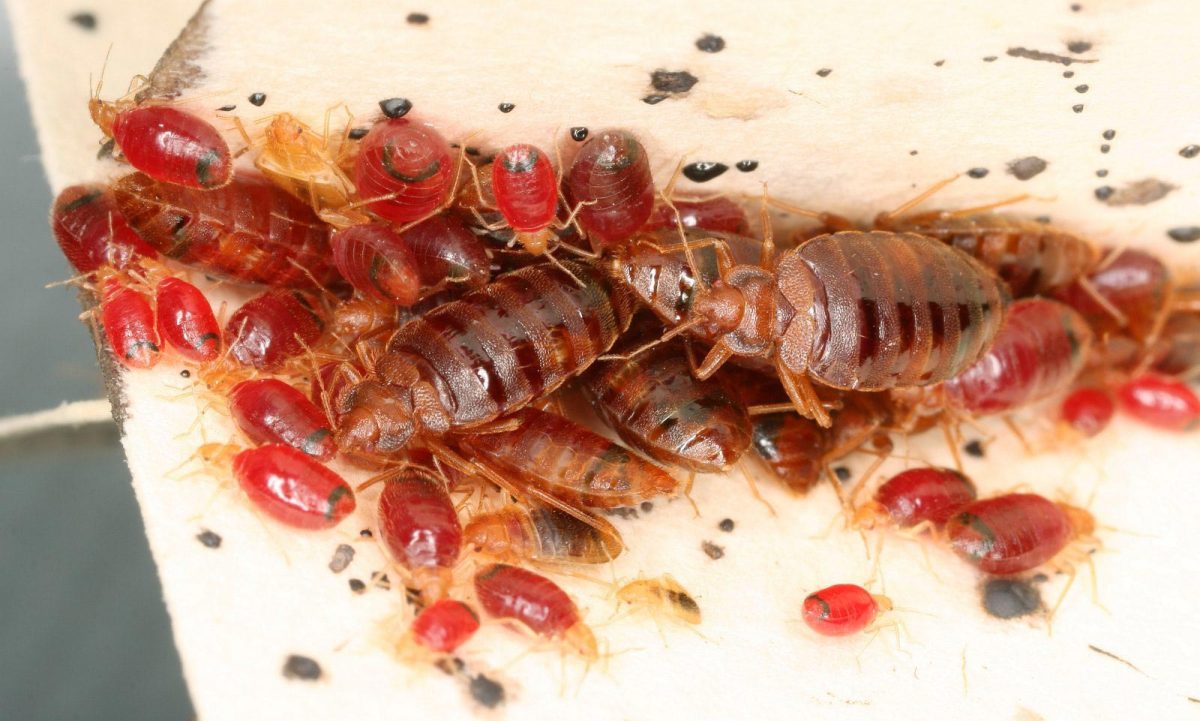Once nearly eradicated in many parts of the world, bed bugs have made a dramatic and unsettling comeback. And now, a new wave of research reveals something even more disturbing: bed bugs are evolving, and they are developing strong resistance to common insecticides — putting pest control efforts and public health at risk.
A Growing Global Problem
Bed bugs (Cimex lectularius) were once considered a relic of the past in developed countries. However, the last two decades have seen a resurgence, with major infestations reported in cities like New York, Paris, London, and Mumbai. These tiny, blood-feeding pests cause sleepless nights, allergic reactions, and psychological distress, especially in vulnerable populations.
Now, scientists are sounding the alarm: chemical treatments, once highly effective, are no longer guaranteed to work.
What the New Study Reveals
A comprehensive study conducted by entomologists from Purdue University and the University of Sydney examined bed bug populations across five continents. The findings, published in the journal Scientific Reports, are deeply concerning.
Key Findings:
High-Level Resistance to Pyrethroids: Over 80% of the sampled bed bug populations showed significant resistance to pyrethroids, the most commonly used class of insecticides in both household and commercial pest control.
Cross-Resistance Detected: Some populations also displayed resistance to neonicotinoids and other classes of chemicals, limiting future treatment options.
Genetic Mutations Identified: Researchers identified specific mutations in the bed bugs’ sodium channel genes — changes that reduce the effectiveness of chemical compounds designed to paralyze and kill them.
Rapid Evolutionary Adaptation: Bed bugs are adapting faster than previously expected, sometimes within just a few generations. In highly infested cities, the cycle of exposure and survival has made these pests more resilient than ever.
Why Insecticide Resistance Is Dangerous
This growing resistance problem doesn’t just make infestations harder to eliminate — it has wider consequences:
Increased infestation rates in urban areas, hotels, public transport, and hospitals.
Higher extermination costs, as multiple treatments or integrated pest control strategies are required.
Greater use of chemicals, raising concerns about toxicity and environmental impact.
Psychological health issues, including anxiety and insomnia, particularly among low-income families unable to afford repeated treatments.
Experts Call for New Solutions
Dr. Emily Jennings, a lead researcher in the study, warned:
“We’re dealing with a pest that’s outsmarting our main line of defense. We need to rethink how we control bed bugs — and fast.”
The findings underscore the urgent need for integrated pest management (IPM) strategies, which combine:
Heat treatments, which kill bed bugs at all life stages.
Vacuuming and deep cleaning of infested areas.
Encasement of mattresses and strategic placement of interceptors.
Public awareness campaigns to encourage early reporting and containment.
The Future of Bed Bug Control
In response to rising resistance, researchers and biotech firms are developing next-generation solutions, including:
RNA interference (RNAi) therapies that disrupt bed bug development at the genetic level.
Biopesticides, such as fungal spores that infect and kill bed bugs without chemicals.
Smart traps and AI-powered detection tools, which can detect infestations early through heat, movement, or scent patterns.
What You Can Do to Protect Yourself
While the science catches up, individuals and property managers must take proactive steps to reduce the risk of infestations:
Inspect second-hand furniture carefully before bringing it home.
Regularly check mattresses, bed frames, and corners of rooms for signs of bed bugs (e.g., small blood spots, shed skins, or live insects).
Act quickly at the first sign of infestation — early treatment is more effective and less costly.
Avoid overusing store-bought insecticides, which may promote resistance without solving the problem.
Final Thoughts
The evolution of insecticide-resistant bed bugs is more than just a nuisance — it’s a public health concern that demands urgent attention. With traditional methods losing effectiveness, it’s time for innovation, collaboration, and smarter pest control strategies.
As science unravels the mysteries behind these pests’ resistance, one thing is clear: bed bugs are no longer a problem of the past — they’re evolving into a challenge for our future.

















+ There are no comments
Add yours